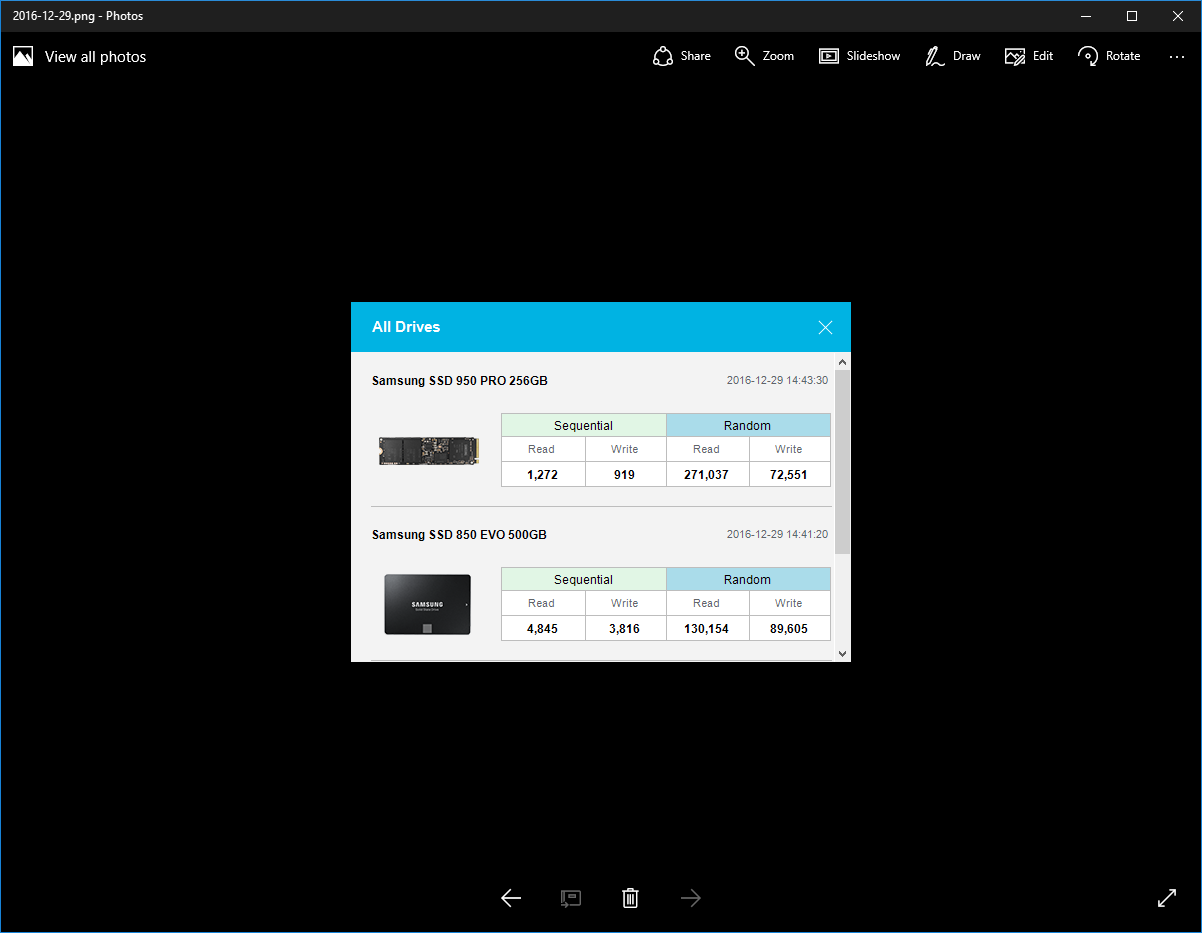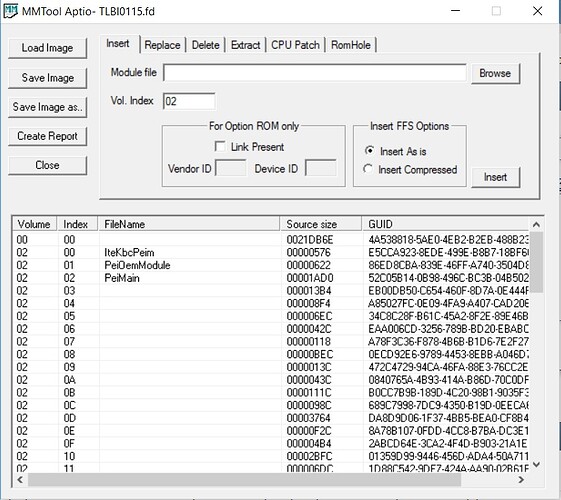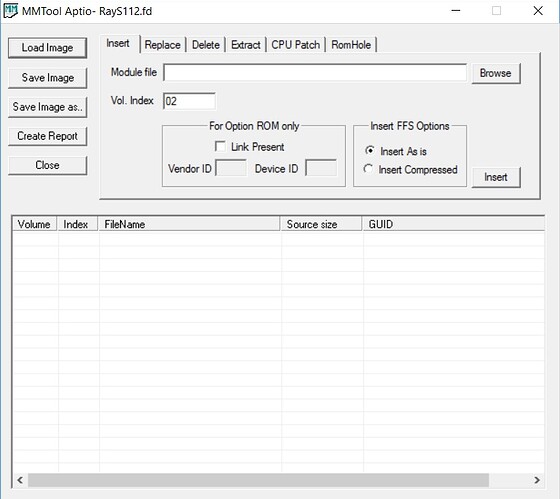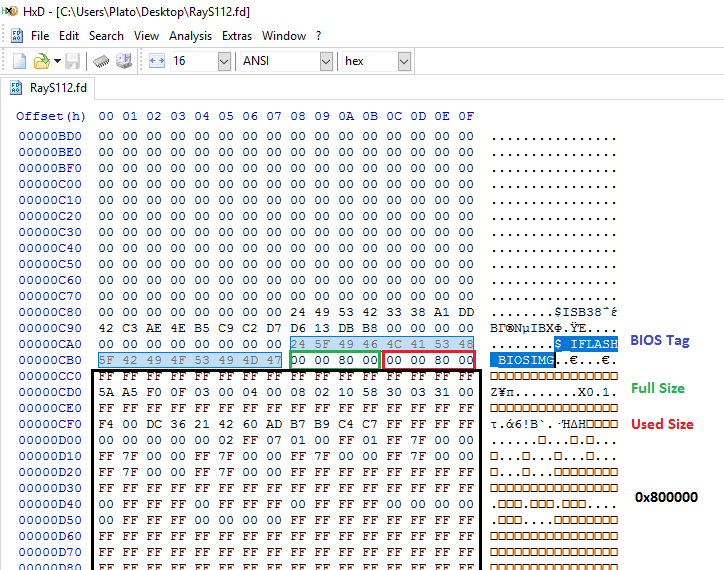It is not easy to verify whether the BIOS has detected the NVMe SSD, because usually the name of the NVMe SSD is not listed within the BIOS.
The only name you may find there is "Windows Boot Manager".
You should completely disable the "Fast Boot" settings.
I have seen this option on the undermost of your last pictures. It is very important to disable it. You have to hit on the arrow before the option to get access to the details.
The secure boot menu doesn’t let you disable it. It only lets you make a selection on to what system you are booting.

i have tried both options. no luck. I have also tried disabling the csm. I can’t even boot from a usb drive when I do. it gives me the error and states that I need to activate it in the bios to continue.
Ideas?
Is it possible that the 960 evo is too new? Is the NvmExpressDxe module in the bios need to be updated to a newer version? I am up for anything at this point.
Theres a newer version. I just never got around to converting it. I would start off with the Clover USB key idea first and see if that works for you.
@Camccardell :
Your attached picture verifies clearly, that your current "Secure Boot state" is "Enabled", and I suspect, that this is the reason why you cannot boot off the NVMe SSD.
There must be an option to get the "Secure Boot state" shown as "Disabled" (either by choosing the "Other OS" option or by entering the subsection "Key Management").
I don’t think, that your problem has anything to do with the age of the NVMe SSD.
If you or anyone else want to test a newer NVME BIOS module, which had been compiled by the Clover Team at 09/28/2016 and customized by SoniX and me, you can insert the attached NvmExpressDxE.ffs module instead of the one, which is linked within the start post of this thread.
EDIT: The attached NVMe module has been removed, because the start post contains now a better new NVMe module.
After having success getting my system to boot from the Samsung 950 Pro, I started looking at some performance data. I am not certain we are getting the expected performance from a modified BIOS. I added a brand new Samsung 850 EVO SATA drive to a SATA 3 port on the MB. Then I ran the Samsung performance tests from Samsung Magician (latest version). The "Rapid Mode" is enabled for the 850, Rapid mode is not available for the 950 Pro. One other variable is that I am booted off of the 950 Pro so there is other activity mixed into the numbers where the 850 EVO is not being accessed by anything else other than the performance test. I am still looking into this as I can afford the time, but I thought I would share this result for thoughtful discussion here.
I am attempting to attach a screen shot here:

@David359 :
Your benchmark comparison test is absolutely misleading, because you compared at least the speed of an SSD (Samsung 950 Pro) with the speed of your Memory sticks.
Although the Samsung Magician’s data caching feature named “Rapid Mode” gives the users incredibly high synthetic benchmark results, it does not boost the real SSD performance. You can verify it by measuring the time, which both SSDs need for the READING resp WRITING of an extremely big sized file.
Samsung’s “Rapid Mode” has no detectable boost effect on the system performance while doing the daily work - the benchmark results you get are just an illusion of a performance explosion.
If you want to compare the speed of an NVMe SSD with a SATA SSD, you should not run the SATA SSD with enabled “Rapid Mode”.
Hi Dieter,
I’ve attached the bios to my previous message, what are your thoughts about inserting the NVMe module?
Best wishes for the new year!
EDIT by Fernando: Unneeded parts of the fullyquoted post removed (to save space)
The file you have uploaded is obviously corrupt.
The UEFITool declares it as "invaid" and none of the AMI Aptio UEFI MMTools (for Aptio IV and V) are able to open the file.
Which of the two do you mean, the first bios file of that I posted of the VN7-591G which I laptop own myself?
Or the second bios file I posted, which is for the newer VN7-592G which has NVMe support integrated?
I myself can open the VN7-591G bios file with MMtools but when I try to open the VN7-592G it looks empty.
I attached the screenshots to this message.
I meant the BIOS file named RayS112.fd.
That’s the bios file of the newer VN7-592G with integrated NVMe support which I don’t own myself. I don’t know what’s the problem with that bios file, maybe Acer put a totally different type of bios on that model.
But the laptop that I own is the VN7-591G with bios file TLBI0115.fd. Are you able to open that one?
@ Morgain:
RayS112 is an Insyde BIOS packed inside an Insyde (mmm…) container. So you cannot use AMI tools with it like MMTool or UBU. But you should be able to work with UEFITool once you unpack the actual BIOS (attached).
RayS112_BIOS.rar (4.4 MB)
Hi and happy new year to you all. I have a problem. I bought and PCIe to M.2 adapter card, Samsung 960 EVO 1TB NVMe drive and I am using x79 Sabertooth motherboard from ASUS with i7-3970x. Plenty of computing power that’s why I am not currently looking for total upgrade. So with current bios I can only use the NVMe drive as a storage drive. I used the guide to insert NVMe part to my existing BIOS file. I can confirm with MMTool that the insertion was successful, but when I compared the file sizes they were exactly the same. I mean exactly same byte count. So did I do anything wrong, I mean I added something to old BIOS *.cap file, so the modded file should be larger? One more thing was that using Windows 10 setup from USB boot thumbdrive I was able to install W10 on the NVMe drive like normal, but when setup completed and computer restarted it did not recognize the NVMe drive as a boot device. So I would like to get some answers before I start flashing the bios.
plutomaniac thanks for the bin file! How did you unpack this fie exactly? Which program did you use to do that?
Yes, I was able to open it, but I cannot help you regarding the question, where and how to insert the NVMe module.
Since the modification of your mainboard BIOS will be difficult and the flashing procedure very risky, I recommend to use the NVMe SSD without any BIOS modification.
This is a much safer way to use the NVMe SSD as system drive:
- Create a dual-boot system, where the boot sector is (still) on your currently used SATA connected HDD/SSD.
Thereafter you will be able to boot into the OS, which has been installed onto the NVMe SSD (provided, that a suitable NVMe driver is available) - Later on the formerly installed OS partition, which is on the SATA connected disk drive, and the related boot manager entry can be deleted, with the result, that you finally will have a single-boot system and the OS is on your NVMe SSD.
This way you may circumvent the necessity of an NVMe module within the BIOS. An NVMe module is not required, because your boot sector resp. the Windows Boot Manager is outside the NVMe SSD.
To take the BIOS from such Insyde IFLASH packages, search for "$_IFLASH_BIOSIMG". The following 4 bytes are the "Full Size" whereas the next 4-8 bytes are the "Used Size", all values in Little Endian. Start after those 8 bytes and select a block equal to the "Used Size" value. Credits go to lordkag.
I was able to make it work! I had to make a uefi boot thumb drive with windows 10 on it. I used rufus to make the drive with the windows 10 iso.
It made it so I could install onto the 960. I have been playing with it for awhile now. I cannot use MBR partitions though. This is a problem because I really wanted to clone my 840 ssd info over to it.
I tried converting the 840 drive from mbr to gpt and it was working for a little while, and then it wouldn’t boot anymore. I keep getting an 0xc0000225 error and now I can no longer load windows on my 840.
So anyway, I can run a clean copy of win 10 on my p9x79pro board. It seems slower than then 840 did though. Boot times as well as loading apps within windows. I’ll have to give it time, but so far not impressed.
You should run an AS SSD benchmark on both drives for comparison.
Dear all. I have an Asus Rampage IV Extreme motherboard. I want to buy an Samsung 950 PRO 256GB SSD (NVME). Has someone had the experience that this works (to boot with win10 64b) with a modded BIOS 4901.
This with an m2 adapter to PCIe.
Thanks in advance!
So I modded my bios. Installed it. Made new bootable media with rufus and used the GPT option. Installed windows. And still no boot device. I am having "Insert boot disk" error. SEmms like It does not work for me.


